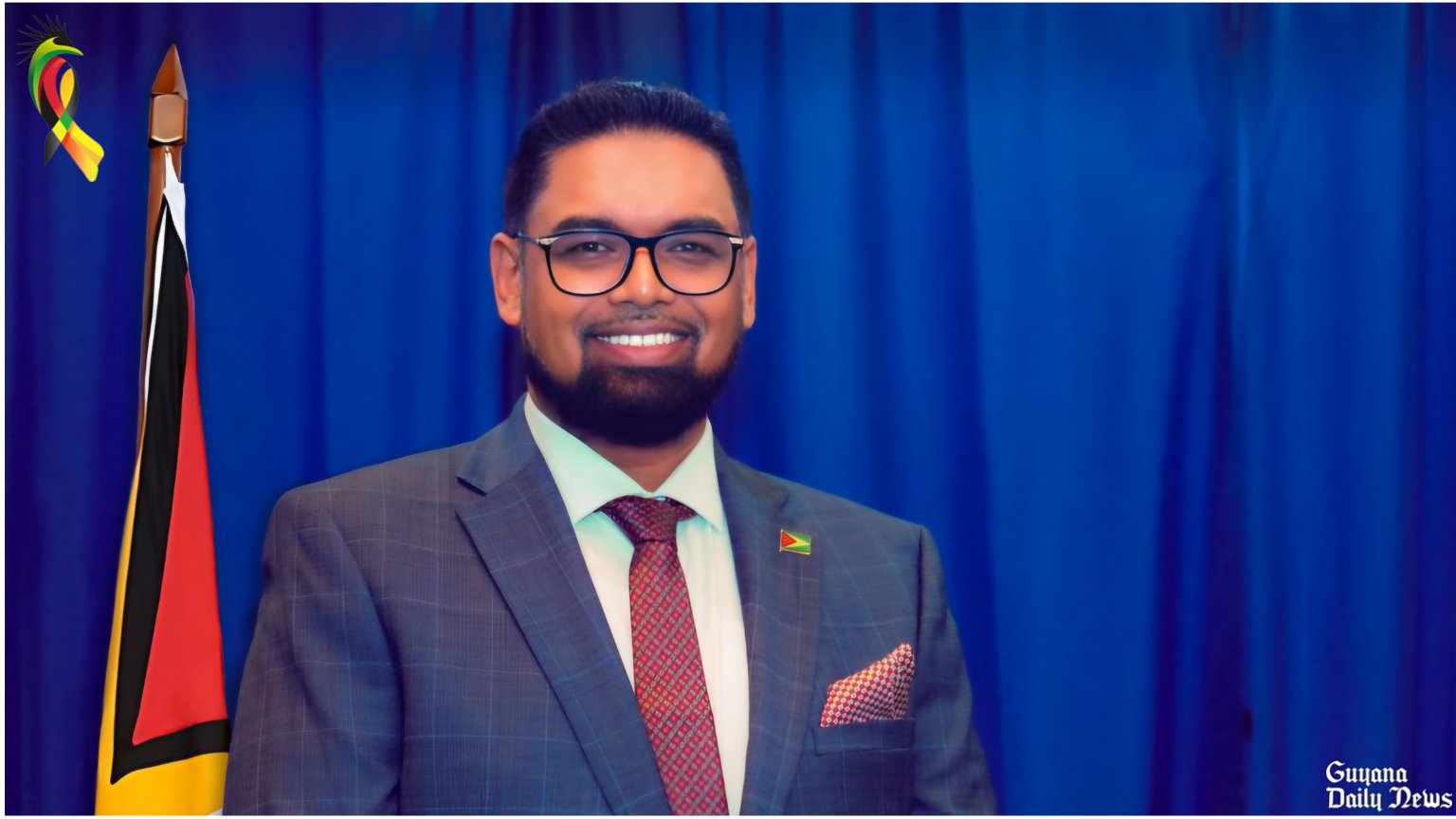
President Unveils Ten-Point Plan to Strengthen Fire Prevention & Rescue Efforts in Guyana
To improve fire prevention and emergency response across Guyana, President Dr. Irfaan Ali on Wednesday unveiled a comprehensive ten-point plan aimed at enhancing the country’s fire safety framework.
The plan was revealed during the commissioning of the Guyana Fire Service’s (GFS) largest fleet of rapid intervention vehicles, valued at $910.8 million, and its new $635.5 million headquarters located on Homestretch Avenue.
The President emphasized that the initiative is designed to build a robust fire response system supported by state-of-the-art equipment, modern technology, and skilled personnel.
A key aspect of the plan is the strengthening of the legal framework surrounding fire safety in Guyana. President Ali highlighted that this will include the review and revision of fire codes and building regulations to ensure that structures are built and maintained with fire prevention in mind. Stricter safety regulations, enhanced inspections, and a more rigorous certification process will be enforced to reduce the risk of fire incidents.
Alongside legal reform, the plan calls for improvements to the GFS’s internal and external coordination. The fire service will adopt streamlined protocols to ensure that additional units can be mobilized quickly in the event of large-scale fires or emergencies that require extra resources. Collaboration with agencies like the Guyana Police Force, Guyana Power and Light, and Guyana Water Incorporated will be essential in providing comprehensive support during firefighting efforts.
Another critical component of the plan focuses on risk assessment and prevention. The government will prioritize resources based on high-risk zones, including urban areas, industrial zones, and neighbourhoods with limited firefighting infrastructure. A detailed risk assessment will be conducted to map out these vulnerable areas and tailor the fire service’s strategies accordingly.
Public awareness and education are also central to the plan, with President Ali stressing the importance of fire safety education in communities across the country. The GFS will collaborate with various stakeholders, including media houses, to ensure that fire prevention information reaches a wide audience.
This public education campaign is seen as a proactive measure to reduce the likelihood of fire incidents before they occur.Enhancing emergency response capabilities is another key goal. The President explained that timely responses to fires and other emergencies are crucial, and efforts will be made to improve response times and efficiency, potentially saving lives and minimizing damage.
In addition, the GFS will be equipped with advanced firefighting vehicles, specialized tools, and state-of-the-art personal protective gear to ensure the safety and effectiveness of firefighters. The GFS’s role in disaster preparedness, particularly in combating forest fires, will also be expanded.
The growing threat of forest fires, especially in hinterland communities, has led to an increased focus on training local firefighters to tackle such challenges. Specialized training will help prepare firefighters to handle these high-risk situations, safeguarding both the environment and nearby communities.
A strong emphasis will be placed on monitoring and evaluation as part of the national firefighting and prevention plans. Data collection, audits, and policy reviews will be prioritized to ensure continuous improvement. A comprehensive database of fire incidents and response outcomes will be maintained to analyze trends, identify areas for improvement, and incorporate lessons learned into future strategies.
Recognizing the importance of human resources, the President also outlined plans to strengthen the GFS by recruiting more firefighters and providing them with extensive local and international training. In addition, efforts will be made to improve the welfare of firefighters by enhancing their financial benefits, housing, and overall working conditions.
Lastly, the President emphasized the need for the fire service to remain adaptable and forward-thinking as the country’s economy and industrial base continue to grow. As new sectors emerge and the complexity of fire risks evolves, the GFS must continuously update its strategies and capabilities to meet the challenges posed by climate change and the growing demands of a developing nation.
This ten-point plan represents a bold step toward building a safer and more resilient Guyana, where fire prevention and emergency response are key priorities for the government. With a focus on legal reform, technological advancement, public education, and skilled workforce development, the plan seeks to reduce the risk of devastating fires and ensure swift, effective responses when emergencies arise.














